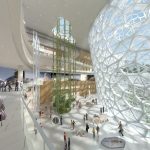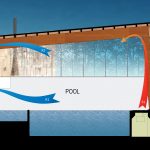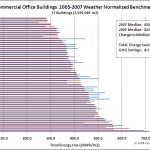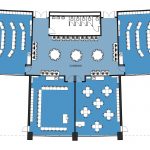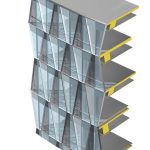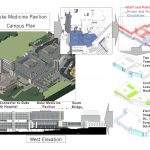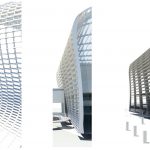
This article describes the importance of the effect of heat flow and moisture on the building’s exterior enclosure. It provides a basic understanding of the concerns of why understanding heat flow and moisture is important to the design of exterior walls, its basic physics and traditional, yet obsolete solutions. It provides a technique for making... Read more »


